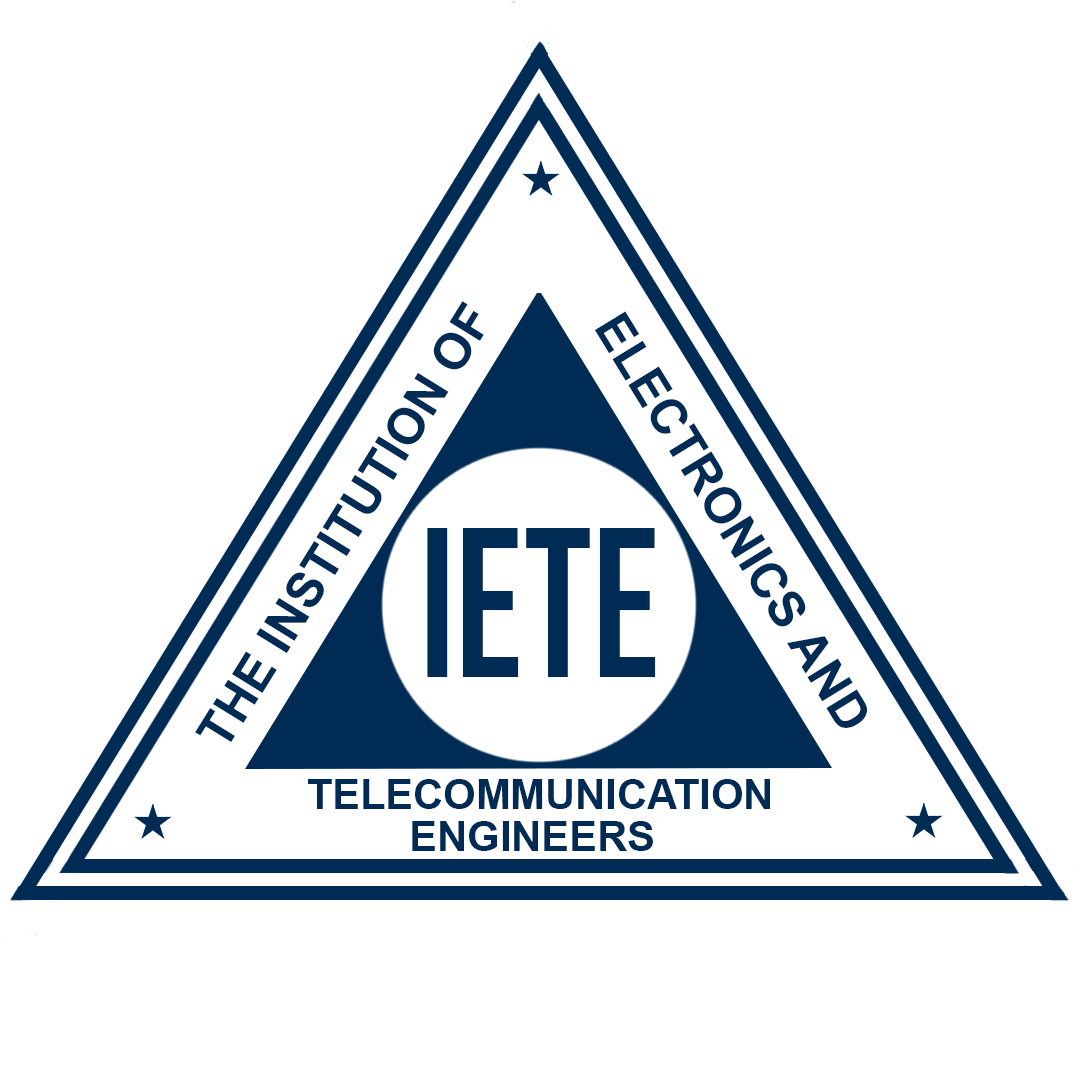


Written by - Supriya Sharma
Uploaded on - 24/01/2022
A blockchain is distributed information that is shared among the nodes of a network. As a piece of information, a blockchain stores information electronically in digital format. Blockchains are best identified for their crucial role in cryptocurrency systems, such as Bitcoin, for maintaining a secure and redistributed record of transactions. The innovation of a blockchain is that it guarantees the fidelity and security of a record of information and generates trust while there is no requirement for a trusted third party.
Blockchain is a system of recording information in a means that produces it tough or not possible to vary, hack, or cheat the system.
A blockchain is a digital ledger of transactions that are duplicated and distributed across the complete network of computer systems on the blockchain. Every block within the chain contains a variety of transactions, and each time a dealing happens on the blockchain, a record of that dealing is adjoined to each participant’s ledger. The decentralized database managed by multiple participants is studied as Distributed Ledger Technology (DLT).
If one block in one chain was modified, it might be in suddenly apparent it had been tampered with. If hackers wished to corrupt a blockchain system, they'd need to substitute each block within the chain, across all of the distributed versions of the chain. Blockchains such as Bitcoin and Ethereum square measure perpetually and regularly growing as blocks are being added to the chain, which considerably adds to the protection of the ledger.
If someone tries to change a record at one instance of the database, the other nodes wouldn't be altered and so would forestall a foul actor from doing, therefore. If one user tampers with Bitcoin’s record of transactions, all alternative nodes would excerpt one another and simply pinpoint the node with the inaccurate data. This method helps to determine an explicit and clear order of events. This way, no single node within the network will alter information held within it.
Because of this, the information and history (such as transactions of a cryptocurrency) are irreversible. Such a record can be an inventory of transactions (such as a cryptocurrency), however, it is also attainable for a blockchain to carry a range of alternative info like legal contracts, state identifications, or a company’s product inventory.
Because of the decentralized nature of blockchain, all transactions are often transparently viewed by either having a personal node or using blockchain explorers that permit anyone to envision transactions occurring live. Every node has its copy of the chain that gets updated as fresh blocks are confirmed and added. This implies that if you wish to, you may track Bitcoin wherever it goes. As an example, exchanges are hacked in the past, and people who unbroken Bitcoin on the exchange lost everything. Whereas the hacker is also entirely anonymous, the Bitcoins that they extracted are simply traceable. If the Bitcoins purloined in a number of these hacks were to be rapt or spent somewhere, it might be glorious.
The Internet of things (IoT) is reworking the means enterprises operate through the employment of sensors and alternative edge devices and infrastructure. This presents a serious challenge for enterprises, that defends information at the least levels of the IoT system. With the number of connected devices growing multifold every year, data security has become progressively advanced. Blockchain helps combat security branches in an IoT system. Blockchain could be a distributed ledger technology that combines with IoT to create machine-to-machine transactions attainably. It uses a list of transactions that are recorded in a database, verified by multiple sources, and entered in a very common ledger distributed across each node. The mixture of IoT and blockchain offers various potential edges and permits a sensible device to operate autonomously without the requirement for a centralized authority. It may track how devices communicate with one another.
This application of blockchain technology permits enterprises to manage data on devices in an IoT system, reducing costs related to IoT device maintenance and knowledge transfer. It reduces the risks of managing data, as a result, there's no centralized knowledge repository and also the ledger isn't liable to cyberattacks. It eliminates the IoT entryway or the other intermediate device for data exchange and reduces the time needed to method the information.
Blockchain imposes high-level security by authenticating and authorizing encrypted device-generated information with the assistance of decentralized, distributed ledgers. In a distributed ledger, data computation and storage unfold across innumerable devices. As a result, the failure of a device, a server, or the network won't affect the complete IoT system, as it would possibly within the ancient model. In several cases, the resiliency of a blockchain network can approach fault-tolerance, where the network can continue operating if nodes are taken offline.
The number of live blockchains is growing day by day at an ever-increasing pace. As of 2022, there are quite more than 10000 active cryptocurrency-supported blockchains, with many hundred additional non-crypto currency blockchains.
Cryptocurrencies like Bitcoin and Ethereum ARE underpinned by blockchain technology. The adoption of blockchain, and also the technology and merchandise it supports, can still impact business operations dramatically.
But blockchain technology is far quite a system for firmly transferring cryptocurrencies. Outside of finance, it is often employed in applications together with tending, insurance, voting, welfare edges, gambling, and creator royalties. With the technology already impacting business and society on several levels, the worldwide economy is getting ready for the blockchain revolution.
With its caterpillar-tracked, audited, and publically communicated information, blockchain is also able to reconstruct those bridges between centralized systems and the folks they serve.